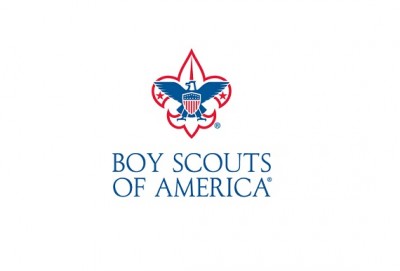Boy and Girl Scouting Organizations Reinforce Outdated Gender Roles

September 30, 2017
Despite us living in an age of ever-increasing advocacy for women’s rights and opportunities, our mindset towards gender roles in society seems slow to progress. Perhaps one cause of this is the fact that our culture—our values, attitudes, and views of the world—are so deeply ingrained in our upbringing; while boys tend to be given Lego Bricks and Meccano kits that foster creativity and engineering, girls grow up with barbies and dollhouses that indirectly reinforce outdated gender norms. The Boys’ and Girls’ Scouting organizations in some ways contribute to this gender inequality in American culture—while Boy Scouts offers intensive outdoor programs and leadership development opportunities, Girl Scouts lags behind in terms of the program they offer. Ultimately, though scouting offers equal opportunities to boys and girls on paper, the lack of consistency between the two separate organizations ultimately furthers the gender gap—only by combining into one organization can scouting truly offer equal opportunities to all youth.
In my time with the Boy Scouts of America (BSA), I have backpacked hundreds of miles, led a troop of over 50 boys for a week in the woods, cooked hundreds of meals in the outdoors and pushed myself both physically and as a leader. All Boy Scouts troops take weekend camping trips at least once a month along with a weeklong camp in the summer, and most troops offer hikes, bike rides, orienteering courses, service projects and other related events throughout the year. Boy Scouts learn to survive in the outdoors, to build bridges with wooden spars and rope, to build fires, to navigate with a compass, to ride horses and to shoot rifles. The opportunities offered to youth are phenomenal, and the program serves as a hallmark of growth from boyhood to manhood.
However, I have often heard the complaint from Girl Scouts that their lack of programs causes most girls to lose interest. Girl Scouts troops might go family camping once a year, and their activities usually consist of arts and crafts, and of course, selling cookies.
Boy and Girl Scouts were both founded in a time when women’s role in society was limited to the home. Boy Scouts was created as a means of teaching young boys military and outdoors skills, whereas Girl Scouts primarily started as a means of empowering young girls in the midst of the Progressive Era. While they have evolved and improved over time, the Girl Scouts still has yet to offer the same level of outdoor skills development as the Boy Scouts.
Over summer, I worked at a Boy Scout summer camp out in the Mendocino woods. Troops would come up for a week at a time and participate in all kinds of program activities ranging from cycling and horseback riding to swimming and boating on a lake. Over a third of the summer camp youth staff was female, which was a bit odd considering it was a boy scout camp. All of the people I talked to reported that the Girl Scouts program did not offer anywhere near the number of opportunities that Boy Scouts did and that they worked in this camp to experience what they had missed out on.
Despite it being named “Boy Scouts of America”, many girls who are genuinely passionate about the outdoors and want the same opportunities as Boy Scouts get involved in the program through Venturing, a high-adventure, co-ed program run by BSA for all youth aged 14 to 18. The fact that girls interested in the outdoors need to join Boy Scouts in order to get involved merely underlines the fact that the Girl Scouts program is behind.
While the national Girl Scouting organization has made efforts to fight for girls developing to take more roles in the workforce, this has primarily been through their partnership with Girls Who Code and multiple tech companies who offer program in technology for girl scouts. While this is a great program, it somewhat detracts from scouting’s connotation of being about the outdoors and developing leadership through scout skills.
The scouting program has shown to be receptive to change with shifting cultural ideologies, lifting its original ban on LGBT youth and adults in the past couple of years. Now, the organizations that offer scouting opportunities need to consolidate in order to continue to serve our changing culture.
The only clear way in which scouting can break down pre-existing gender norms and fight for equality is if the Boys and Girls Scouting were run by the same organization. Boy Scouts and Girl Scouts should have the same set of requirements to earn merit badges, the same ranks, the same leadership structures, the same camp facilities and the same opportunities for youth to get involved and develop outdoor skills.
Naturally, parents of scouts may be concerned about a co-ed program and a wide age group. However, the Scouting Youth Protection Program (YPP) rules and training used by the coed Venturing program reinforce a strong, safe environment for kids of all ages—girls and guys are not allowed in the same tents, and adult leaders must exercise two-deep leadership whenever working with scouts individually.
Unfortunately, while scouting organizations may have a role in changing gender culture, they also are a reflection of what society values in boys and girls. Only combining the Boys and Girls Scouting organizations into one will allow them to combat gender inequality.



